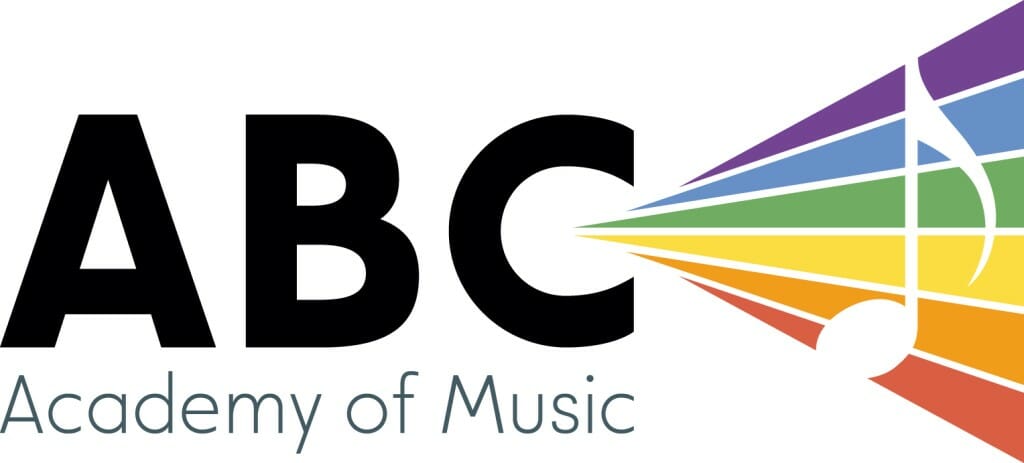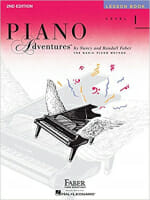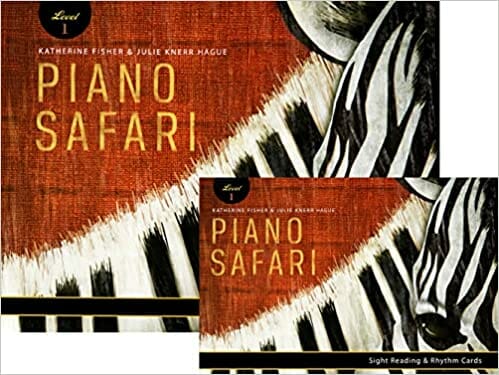ARCT • Teachers’ Diploma (RCM) in-progress
Trained Music Together Teacher
Erin Plank (they/he) is a passionate young piano teacher. For their professional development, Erin received the highest exam scores in all of Canada last year for “Teaching Elementary Piano” with the RCM.
Erin’s main goal is to turn students into lifelong music lovers, not just pianists. I seek to provide them with the tools to practice efficiently at home, sight read a song at their friend’s piano, learn the melody to a song off the radio by ear, and nurture a technical foundation that lasts a lifetime so it’s “just like riding a bike” to play the piano. And even better, they’ll want to.
Get to know Erin…Beyond the Bio!
Hobbies: Piano, weightlifting, playing with my cat, and hanging out with friends
Musical influences: Ben Folds, Brad Mehldau, Edvard Grieg
Favourite food: Fried chicken sandwich
Least favourite food: snap peas, because I ate too many as a kid one time and threw up and now I dislike the smell
Favourite music: Romantic era piano music, Beach Boys and similar era music, math rock
Favourite song: “How Dare You Want More” by Bleachers
Favourite movie: Sing Street
Favouirite movie music: main theme for “Eternal Sunshine of the Spotless Mind” or anything Star Wars
Favourite musical theatre/opera: Wozzeck
Best quote from your teacher: “Don’t show the audience you messed up, they won’t know! Keep going!”
Favourite quote: “That’s what life is, Happy Sad”
Favourite book: Recursion by Blake Crouch
Best thing about teaching at ABC: Getting to reach and connect with so many lovely people!
Latest Homework from Erin
Is Erin Your Teacher?
Sign up now to get your weekly assignments delivered, and never lose your homework sheet again!
Erin Make-ups [Did you miss this?]
Hello Everybody!
We have updated Erin’s Make-ups for Monday, June 24th. Please update your availability now, and remember that make-ups do not carry over past June 30th.
Thank you!
-The ABC Team
Saturday June 22 Lessons – Erin P
Thank you all for solidifying my love of teaching music every Saturday <3 You all rock!
Hakim
Bee is sounding awesome, great work with the transitions between sections.
Scary Swing is tricky and a great longterm goal!
*New* Friday Theme – this piece is well within your level. Watch the D major key signature (F# and C#). You can play along with the recording because this is the real key. I love the fingering you decided on, stick with it, it makes jumping up to that treble E so much easier.
Maria
Today we did this awesome duet found here.
It was an absolute pleasure working with you <3
Shakira
I gave you a print out of Yebba’s Heartbreak – it is definitely above your level, but playing the LH and then the top RH note is NOT outside your level, with practice you can totally handle this. I wrote in the notes above so you can look to this in the future.
Noreet
*New* No Moon Tonight OR Grumpy Old Troll – Moon is in 3/4 and much more legato, whereas Troll is in 4/4 and more staccato and stompy. Have fun with either/both!
Preferred Books for Erin Students
Click to buy them here, and they’ll come right to your house! What could be easier?
BOOK TITLE
COMING SOON
Faber Piano Adventures
The 2nd Edition Level 1 Lesson Book introduces all the notes of the grand staff, elementary chord playing, and the concept of tonic and dominant notes. Students play in varied positions, reinforcing reading skills and recognizing intervals through the 5th. Musicianship is built with the introduction of legato and staccato touches. This level continues the interval orientation to reading across the full range of the Grand Staff. The 5-finger approach is presented here in a fresh, musically appealing way.








